The Texas 2036 Guide to Growth
This is a preview of our Texas 2036 newsletter with our guide to managing the state’s future growth. To receive this weekly look at our work, sign up here.
“I consider myself to be a Texan.”

That’s what 4 out of 5 respondents stated in a recent poll by The Texas Lyceum. At Texas 2036, we understand why so many are proud to call Texas home and why thousands more are moving here every day.
Texas is on track to add four million residents by its 200th birthday, so we must prepare our infrastructure to meet that demand. Here’s how we can.
By the numbers: Texas’ growing population
Inflow Migration to Texas from other U.S. states, 2022-23
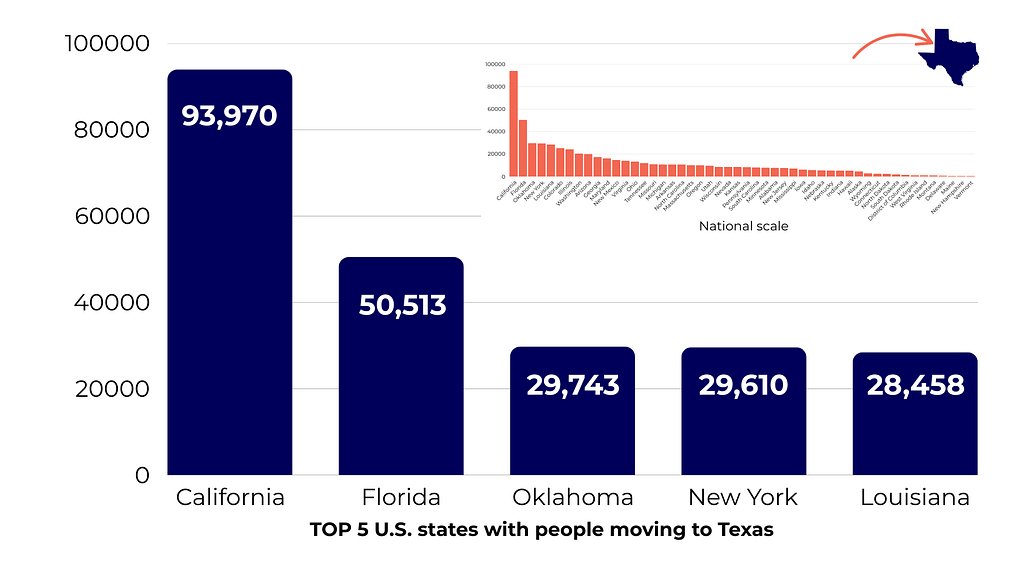
Source: U.S. Census Bureau
- As of 2025, there are more than 31 million people who live in Texas. (source: Texas 2036)
- Texas gains 1,500 more people per day. (source: Texas Demographic Center)
- Nearly one out of 10 Americans will live in Texas by 2036. (source: Texas Demographic Center, Congressional Budget Office)
- The top five states from where people are migrating to Texas between 2022-23 were California, Florida, Oklahoma, New York and Louisiana. (source: Texas Demographic Center)
We need more affordable housing for more Texans
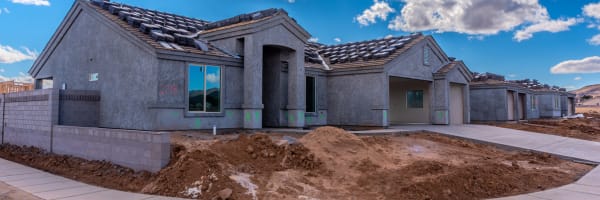
The problem: Texas needs 320,000 more homes to meet demand.
In the past, affordable housing in Texas was readily accessible but today, many Texans are finding it harder to afford a home.
One major barrier to building more affordable housing is restrictive land-use policies—like minimum lot and house size requirements, zoning rules and parking mandates—which slow down construction and limit supply.
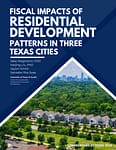 Hot off the presses: What the data shows
Hot off the presses: What the data shows
A new report from Texas 2036 and the Center for Sustainable Development at the University of Texas at Austin School of Architecture finds that medium- and high-density neighborhoods like townhomes, low-rise apartments and multifamily buildings are a net positive for city budgets.
🏠 Why? They place less strain on infrastructure, making them more fiscally sustainable for cities.
How can Texas solve our housing issue? The Texas Legislature has a unique opportunity to modernize land-use policies, encourage innovation in housing development and expand the housing supply. We dive in further here.
Taking down the “tyrant’s veto”: Passed by the House this week, House Bill 24 would reform a century-old law to allow for more housing where it’s needed most.
HB 24 would empower property owners and city councils to add more housing to their neighborhoods and could represent a big step toward solving Texas’ housing affordability crisis.
More people means we need more Texas water

The problem: Texas will need at least $154 billion in water infrastructure investment over the next 50 years, according to Texas 2036 projections.
While existing state and federal funds will help cover some of the cost, a $112 billion long-term funding gap remains.
Why this matters: Current projections show the state’s water supply decreasing by 18% by 2070, while water demand is expected to increase by 9%.
In a Texas Tribune explainer published in 2023, it was reported that water demand will increase in 187 of Texas’ 254 counties by 2050. Learn more about it here.
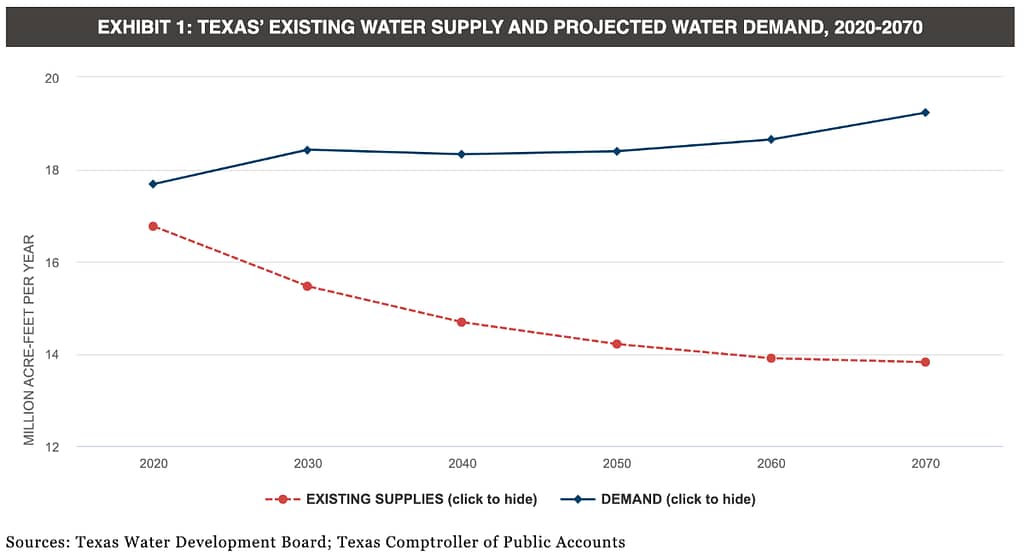
What the Legislature may do in 2025: Lawmakers are planning this legislative session to appropriate $2.5 billion to the Texas Water Fund for the purposes of developing water supply and infrastructure projects.
They are also weighing a proposal to place a constitutional amendment on the ballot this fall. If approved by both legislators and voters in November, it would dedicate up to $1 billion annually to the new Texas Water Fund.
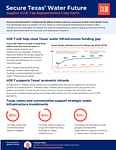 The bottom line:
The bottom line:
This new dedicated revenue stream for water projects will expand the tools policymakers can use to close the long-term water infrastructure funding gap, helping our economy and population growth.
More Texans means more energy

The problem: Texas is on track for a 74% increase in electricity demand by 2050, according to Texas 2036’s Future of Texas Energy dashboard. PUC and ERCOT project demand will rise from 85 GW to 150 GW by 2030.
By 2031, peak electricity demand in the Houston area could grow by 10 GW, which is enough to power 2.5 million homes. Read more on the topic.
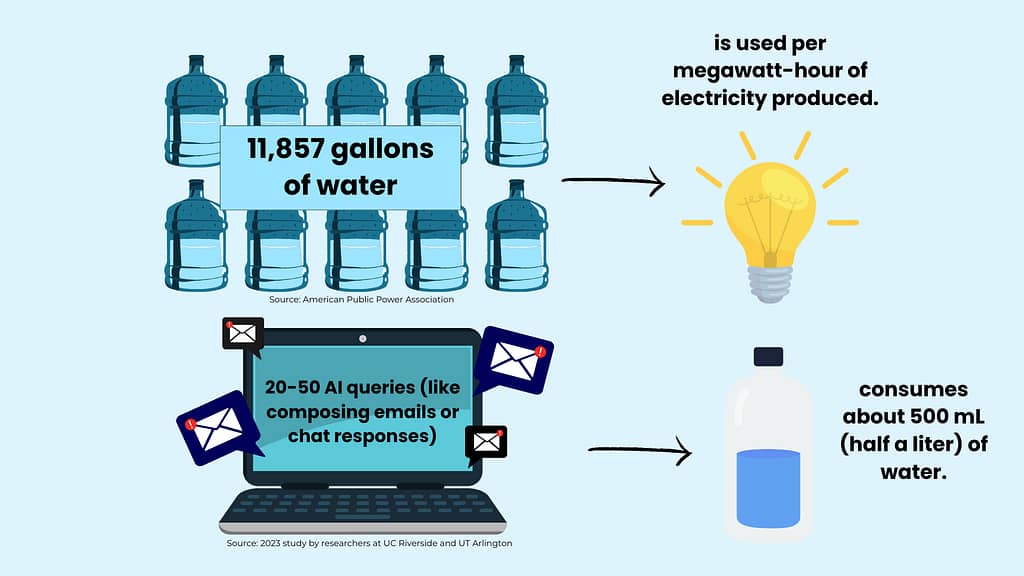
(TOP) An average of 11,857 gallons of water was used to generate each MWh of electricity produced in 2020. Source: American Public Power Association (BOTTOM) A 2023 study by researchers at UC Riverside and UT Arlington estimated that generating 20–50 AI queries (like composing emails or chat responses) could consume about 500 milliliters (half a liter) of water — roughly one standard water bottle.
💧 Drought threatens power: About 75% of Texas’ traditional energy relies on reservoir water. In extreme drought, up to 20% of that capacity is at risk, according to ERCOT.
Texas 2036 findings: Extreme weather like drought followed by heavy rainfall can threaten reservoir levels, putting both water and energy reliability at risk.
⚡️ What can Texas do: An all-of-the-above energy strategy.
That means continued investment in reliable sources like natural gas, while expanding renewables such as solar, wind and battery storage.
But it’s not just about today’s solutions. Emerging technologies like hydrogen fuel, geothermal energy and next-generation nuclear could become key parts of Texas’ energy future.
The goal: An energy mix that’s reliable, affordable and built to meet the demands of a growing state.
With a long road ahead, we’re here to set the stage

At Texas 2036, we’re working to help legislators tackle these critical challenges before Texas turns 200.
Because if we address tomorrow’s infrastructure needs today, we can ensure the state is ready for the millions of Texans yet to come.
